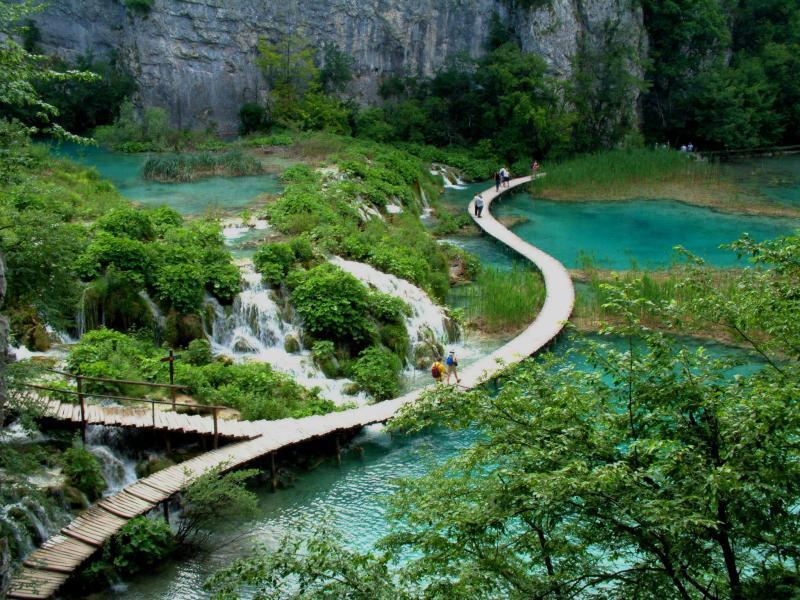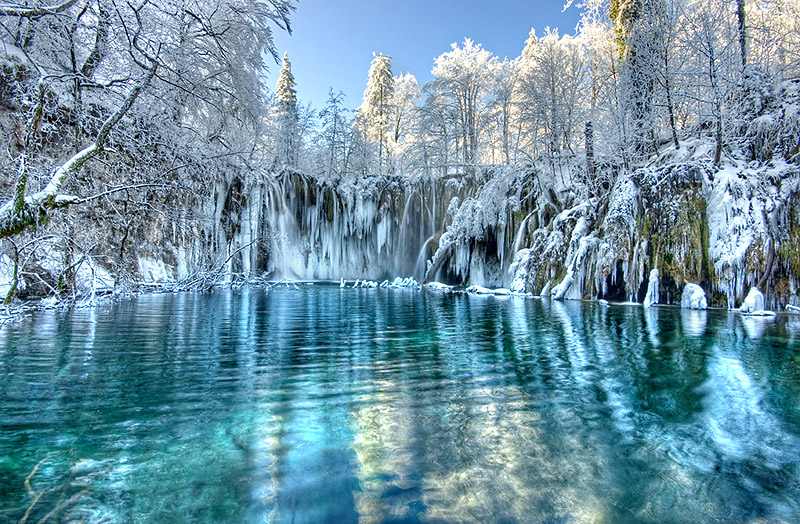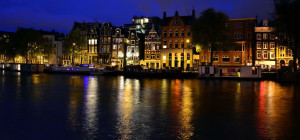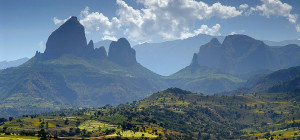Plitvice National Park in Croatia is undoubtedly one of the most beautiful natural sights in Europe. Thanks to its significance and natural beauty, this system of sixteen inter-linked lakes and a large forest complex around it were set aside as a national park in 1949. Read on for more on its history, places to visit, what to do and see.
History
Humans have inhabited the Plitvice Lakes region for years. It has been settled in turn by Illyrians, Celts, Japods, Thracians, Avars, Romans, Turks and Slavs. Ottomans took over the region in 1528 before it was conquered by the Australian empire some 150 yrs later. The Austrians proceeded to incorporate it into their Military Frontier and, in addition to the native Croats who already inhabited the area, Serbs who had fled repression under Ottoman's reign settled there.
In the late nineteenth century, the Plitvice Lakes became a renowned tourist attraction. The 1st hotel was built in 1986, and as early as 1893, it already had a conservation-committee (predecessor of present day's National Park Authority). The communist government of Yugoslavia in 1949 nationalized the lakes and made them a national park.
The park-soon became one of Yugoslavia's most popular tourist attractions. In March 1991 however, it became the-scene of the Plitvice Lakes incident (the 1st armed confrontation of the Croatian war for Independence that ended in fatalities). The park suffered some damage during the conflict. The Croatian army retook it during Operation Storm in August 1995, which ended the war in Croatia.
The war informed UNESCO's decision to add the park to its List of World Heritage in Danger. Because of the economic significance of the park, the Croatian government made it a priority for its de-mining efforts, and in December 1998, UNESCO recognized the park's newly mine free status by removing it from the list of endangered sites.
Location
The Lakes sit on the eponymous Plitvice Plateau, between mountains of Mala Kapela, Medvedak and Licka Pljesevica. The park is located at the national route D1-Zagreb-Split between Slunj and Korenica within Bosnian and Herzegovina's vicinity. Other large municipalities within the surrounding area are Bihac, Otocac, Rakovica, Ogulin, and Gospic.
What to see?
Plitvice Lakes National Park is arguably the most beautiful wonder in Croatia. In addition to the numerous waterfalls, you will see a bevy of wildlife, including frogs, fish and a variety of bird species. Exclusive attractions at Plitvice Lakes include the Veliki Slap, a 100 foot tall waterfall sandwiched by nearby boulders accessible to tourists. What is more, there's a larger waterfall complex that's accessible via a cave in the surrounding rock face.
What to do?
The main attraction is with no doubt the hiking and walking in the area. You can also go for camping in the nearby Korana river (8 km), which is mostly used by tourists visiting the Park. Camping can be made wherever you want, be it a cozy hole in the hills, a more open place with a remarkable view or a place between the trees.
How to get there?
The nearest airports are Zagreb, Rijeka and Split. If you have landed on Split airport the easiest way is to take airport transport directly to Plitvice or use public transport (buses). Buses between Zagreb and Split will stop at the entrance to the National Park if the driver is asked beforehand.
The nearest train stations are Plaski and Josipdol, although no direct bus connection from these stations exists. It is therefore advisable to get a taxi to get to the park from these train stations.
The fastest North-South road connection, the highway A1-Zagreb-Split, is about 31 miles west of Plitvice national-park. You can get to Plitvice National Park from Otocac exit in the west, Gomja-Ploca exit in the south or Karlovac exit in the north.
Conclusion
Plitvice Lakes National Park is a paradise for hikers, walkers and nature lovers. With lovely, cool lakes, over 120 different bird species, beautiful waterfalls among other scenic attractions, it is definitely a place to a destination to visit.
If you want to learn more, this documentary on Plitvice national park is great to watch.
[youtube http://www.youtube.com/watch?v=sKLrpXbRIGs]


![plitvice-lakes-national-park-303[1]](http://lerablog.org/wp-content/uploads/2014/01/plitvice-lakes-national-park-3031.jpg)








